
Defect 1
- Step defect
- Caused by starting and stopping the loom
- Typical defect for Texplorer™ CORE Edge Anomalies (EA) and Texplorer™ CORE Width Measurement (WD)
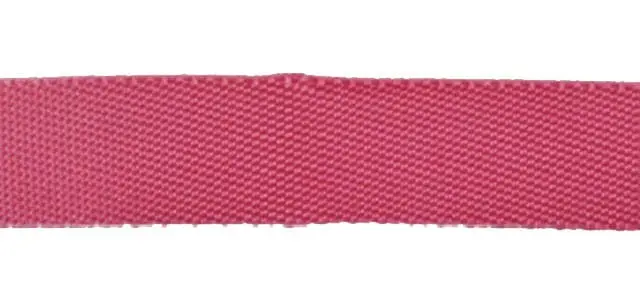
Defect 2
- Step defect
- Caused by starting and stopping the loom
- Borderliner defects, sometimes considered as acceptable
- Typical defect for Texplorer™ CORE Edge Anomalies (EA) and Texplorer™ CORE Width Measurement (WD)

Defect 3
- Nose defect
- Caused by weaved dust or dirt
- The dark knot is a typical defect for Texplorer™ CORE TXI or TXIII
- Since this example also has a width deviation it can also be detected with Texplorer™ CORE Edge Anomalies (EA) or Texplorer™ CORE Width Measurement (WD)

Defect 4
- Stricture defect
- Caused by wrong weft thread tension
- Typical defect for Texplorer™ CORE Width Measurement (WD)
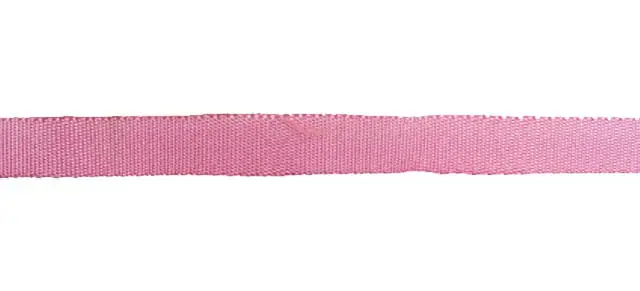
Defect 5
- Variating width
- Caused by starting and stopping the loom
- Typical defect for Texplorer™ CORE Edge Anomalies (EA) and Texplorer™ CORE Width Measurement (WD)
- The surface filament in this example is detected by Texplorer™ CORE TXIII, FD3™ or Texplorer™ CORE Surface Filaments (SF)
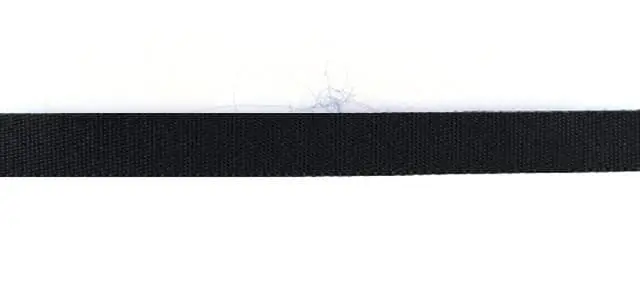
Defect 6
- Loose thread on the edge / broken filaments
- Typical defect for Texplorer™ CORE Vision Filaments (VF)
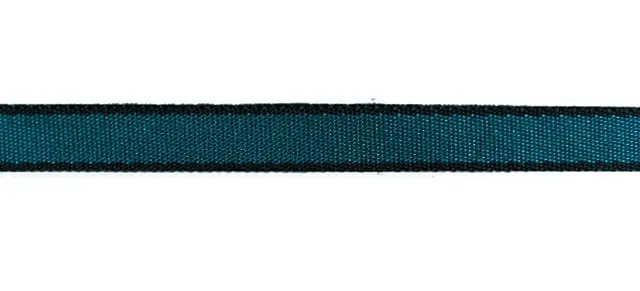
Defect 7
- Loose thread on the edge / broken filaments
- Typical defect for Texplorer™ CORE Vision Filaments (VF)
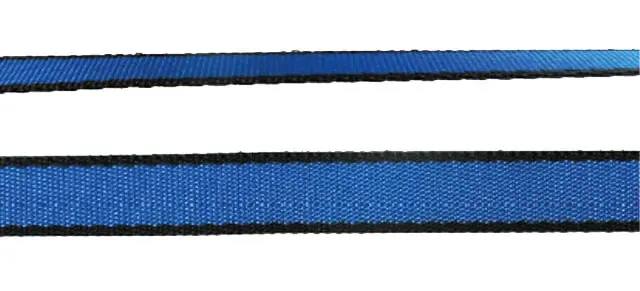
Defect 8
- Loose thread on the edge / broken filaments
- Typical defect for Texplorer™ CORE Vision Filaments (VF) if visible in the edge
- Typical defect for FD3™ or Texplorer™ Surface Filaments (SF) if appearing on the surface
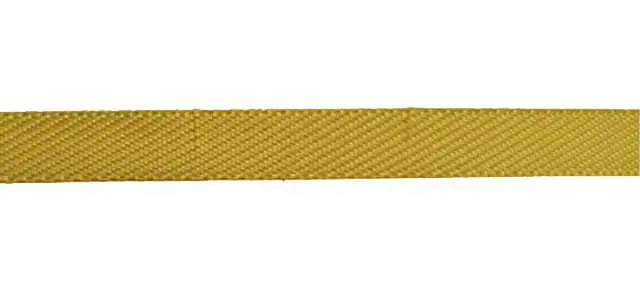
Defect 9
- Rip in the surface
- Caused by wrong weft thread tension
- Typical defect for Texplorer™ CORE Horizontal & Vertical (HV)

Defect 10
- No correct weft
- Caused by weft missed warp thread
- Typical defect for Texplorer™ CORE TXI or TXIII
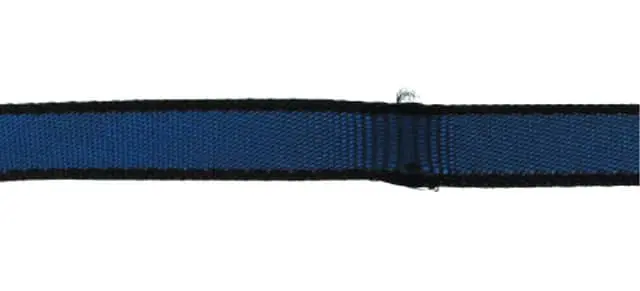
Defect 11
- Missing weft
- Caused by broken weft
- Typical defect for Texplorer™ CORE Horizontal & Vertical (HV), TXI, TXIII, EA, WD or VF

Defect 12
- Missing weft
- Caused by broken weft
- Typical defect for Texplorer™ CORE Horizontal & Vertical (HV), WD, TXI, TXIII or VF
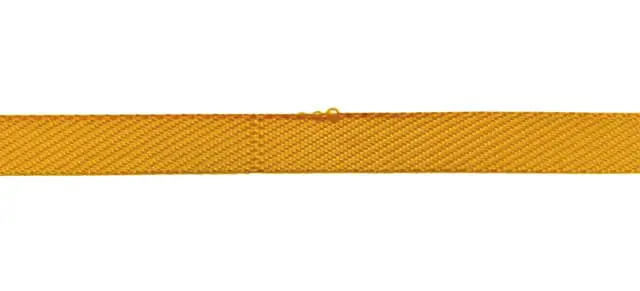
Defect 13
- Missing weft
- Caused by broken weft
- The missing weft defect is typical for Texplorer™ CORE Horizontal & Vertical (HV), the thread sticking out of the edge is typical for Texplorer™ CORE Vision Filaments (VF)
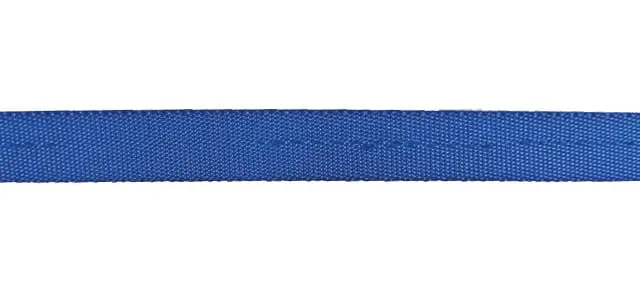
Defect 14
- Warp thread on surface
- Caused by warp thread problem
- Often a long running defect
- Typical for Texplorer™ CORE Horizontal & Vertical (HV)